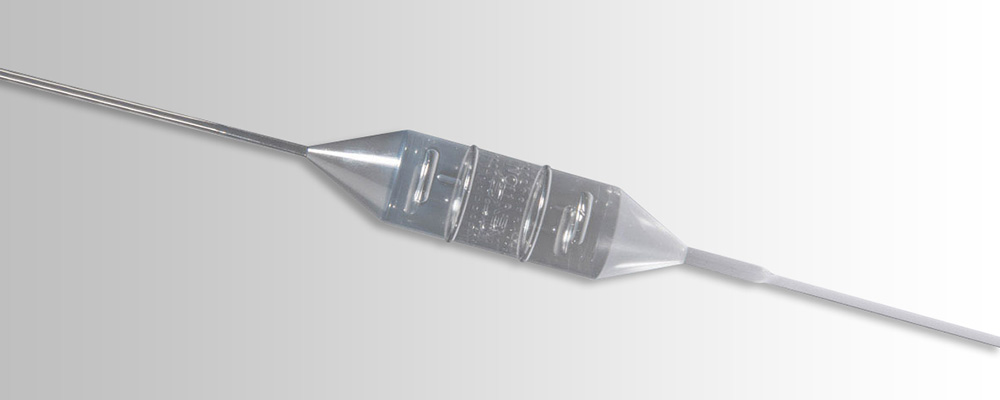Compliant medical balloons are typically manufactured from silicone because of their biocompatibility, as well as their tensile and elongation characteristics permit medical balloons to expand when the internal pressure rises. Three processes are that are used to make safe silicone medical balloons include extrusion, molding, as well as dip casting.
 Image Source: Google
Image Source: Google
Extrusion
An extrusion is an excellent option for making low-profile medical balloons made of silicone that are round when they are inflated and can be used to secure a device. The walls of balloons extruded generally range in an area of 0.015" up to 0.020".
The medical balloon extrusion procedure restricts your materials to silicone rubbers with high contrast. Cosmetic and concentricity issues, as well as poor concentricity, could cause unidirectional expansion or lower burst pressure.
Molding
Molding provides more design flexibility over other medical balloons made of silicone manufacturing methods. Rubbers made of liquid (also called LSRs as well as LIM material) are preferred over other kinds of silicone due to their viscosity, which allows the forming of thin cross-sections.
Molding in a vacuum offers better quality control, particularly when making balloons with a distinctive profile or convoluted cross-sections. Selecting a company with expertise in mold designs and process control is crucial to making consistent wall thicknesses with an impressive production capacity.
Dip Casting
Dip casting is the preferred method for thin-walled or large balloons and produces balloons without parting lines or flash. In the dip casting process, a mandrel is submerged into a dispersion of silicone rubber, so there’s no limit to how far material needs to be pumped.